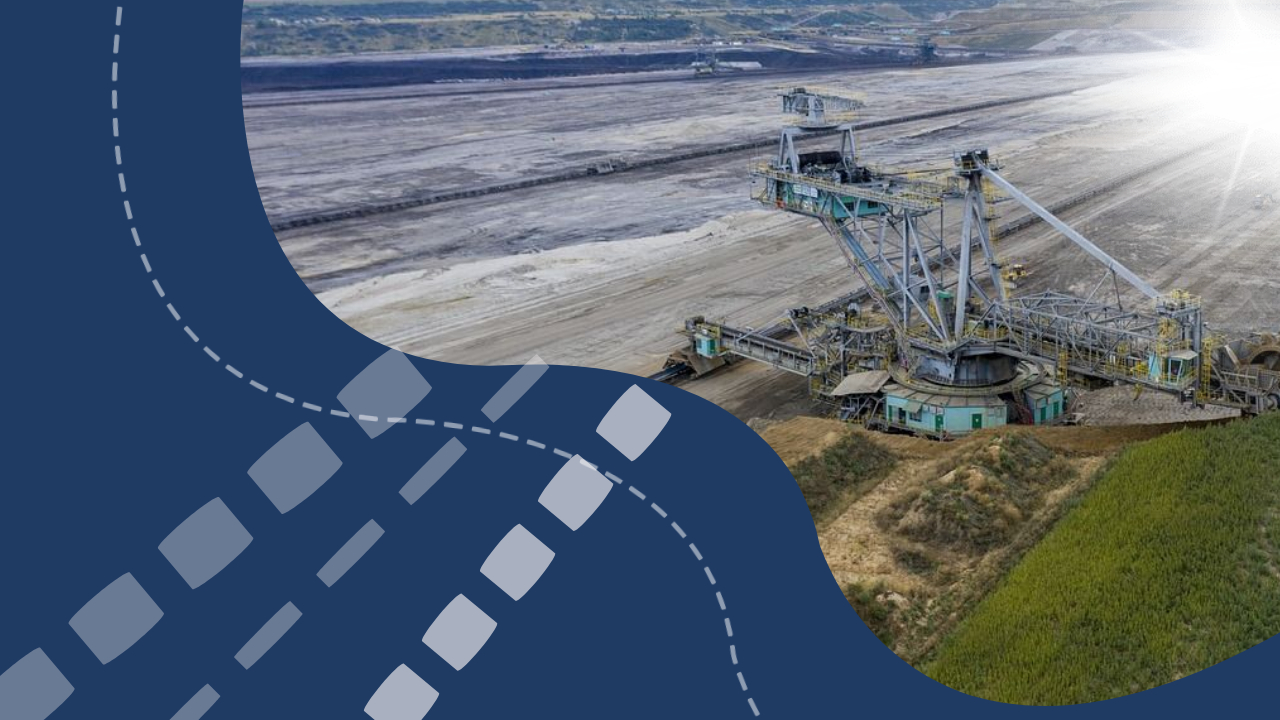At the end of 2022, the share of ERG consumption volume within the country is 62%, or 1 trillion 67 billion tenge.
Increasing the volume of domestic goods in procurement, the full launch of the offtake system and the maximum use of its own raw materials, personnel and goods is a priority task of the state, voiced by Kassym-Jomart Tokayev. In this regard, the Eurasian Resources Group (ERG) intends to increase the share of Kazakhstani content to 80%. The General Director of ERG in Kazakhstan, Serik Shakhazhanov, spoke about this at the international forum “Kazcontent 2.0: result-oriented”, held on November 16, 2023 in Astana.
Every year the company purchases more than 15 thousand items of goods from Kazakhstani manufacturers – from raw materials and fuels and lubricants to finished products. At the end of 2022, the share of ERG consumption volume within the country is 62%, or 1 trillion 67 billion tenge , and over the past three years, the amount of purchases from domestic manufacturers has doubled . The planned increase in 2023 will be 10%.
As Serik Shakhazhanov noted, an open-ended import substitution program has been operating in ERG since 2020.
“A potential Kazakh manufacturer has the opportunity to submit an application for a product or group of goods of interest, the production of which can be developed on the territory of Kazakhstan in accordance with technical requirements. Upon positive consideration of the application, ERG enters into a long-term agreement or an offtake contract with the supplier and is ready to provide deep advance payments for critical us to supply positions ,” he said.
At the moment, 30 offtake/long-term contracts and more than 20 memoranda with domestic producers have been concluded. In 2023, the list of product ranges was increased by 3.5 times and includes more than 11 thousand items. Next year, ERG plans to invest more than 400 billion tenge in investment projects and increase the share of domestic suppliers and contractors.
The second direction for the development of in-country value within the framework of creating high value-added clusters in ERG is the localization of production around the group’s enterprises , especially where they are city-forming. We are talking, in particular, about the aluminum cluster, which includes JSC Aluminum of Kazakhstan and the Kazakhstan Electrolysis Plant.
Thus, aluminum supplies to domestic producers in 2023 increased by 20% , the planned increase in 2024 is by 30% (or 70 thousand tons of total production). Among the partners are small and medium-sized enterprises that sell products of subsequent processing of wire rod, wires, aluminum profiles, light alloy wheels, and others.
“We sell them aluminum at a preferential price, due to which ERG has invested more than 3 billion tenge in the development of domestic producers; by 2027, the amount will increase to 22 billion tenge,” noted the General Director of ERG in the Republic of Kazakhstan.
Taking into account the need to increase the share of localization, which will reduce dependence on import supplies, ERG also focused on creating higher value-added goods within its own range of manufactured products . Serik Shakhazhanov said that this year the construction of a plant for the production of special coke with a capacity of 400 thousand tons per year was completed at the site of Shubarkol Komir JSC. At the forum, in a teleconference mode with the participation of the Minister of Industry and Construction Kanat Sharlapaev, the technological launch of a new enterprise was carried out.
“Special coke is a product of the second stage, which is used for the production of ferroalloys. The new plant will eliminate a significant share of imports of reducing agents and increase the percentage of Kazakhstani content in ferroalloys produced by ERG,” he noted.
Investments in the project amounted to 60 billion tenge. The plant will create 184 jobs and use modern technological solutions and automation.
At the same time, the General Director of ERG in Kazakhstan, Serik Shakhazhanov, mentioned the obstacles and barriers to the implementation of intra-price value creation: the lack of necessary technologies, products of certain stages, raw materials and the complexity or lack of production – and proposed to combine the efforts of the state and subsoil users (in particular, to introduce temporary tax holidays for newly created PSCs, forming a belt for import substitution of SMEs around large mining and metals industry enterprises).
“This will facilitate the opening of new production facilities and reduce the threat of their closure in the first years of operation. And with a gradual transition to Kazakh raw materials and components, we will get cheaper products,” he clarified. “For its part, ERG is ready to ensure the demand for domestic products in sufficient volume and at reasonable prices.”
Directly at the forum itself, ERG signed memorandums of cooperation with Kazakh producers and supply agreements. The company plans to purchase high-pressure hoses, pumps and spare parts for them, bearings, hydrocyclones, lime, as well as metal supports and components from domestic enterprises. Previously, goods were purchased from dealers and intermediaries.

